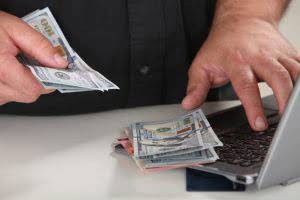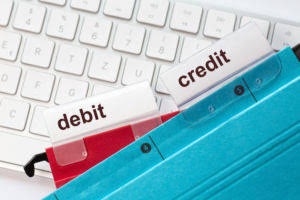
Businesses have several ways to value these assets, which can be challenging because they have no shape or form. They are in contrast to tangible assets, which have physical forms and can be held. Intangible assets with infinite life, such as goodwill, are not amortized systematically.
Intangible Assets Balance Sheet
What Is Intellectual Property, and What Are Some Types? – Investopedia
What Is Intellectual Property, and What Are Some Types?.
Posted: Sat, 25 Mar 2017 22:34:00 GMT [source]
Intangible assets only appear on the balance sheet if they have been acquired. If Company ABC purchases a patent from Company XYZ for an agreed-upon amount of $1 billion, then Company ABC would record a transaction for $1 intangible assets do not include: billion in intangible assets that would appear under long-term assets. Accounting for intangible assets, particularly those that are generated internally by an entity using its own in-house resources, can be challenging.

An Example of a Balance Sheet:
If an intangible asset such as software is developed in-house, then you would record the cost of developing the software as an intangible asset. For instance, a Fortune 500 company may have a warehouse full of inventory, which is a tangible asset, but the name recognition that the company holds, which is an intangible asset, increases the value of that inventory. In accounting, goodwill represents the difference between the purchase price of a business and the fair value of its assets, net of liabilities. Tangible assets, on the other hand, have a physical shape, which means they can be handled and grasped.
- Intangible assets cannot be physically held or seen, but they can still be an important element of a business’s overall value.
- This impairment loss will be reversed in a subsequent period if the requirements for the reversal of an impairment loss in IAS 36 are met.
- Accounting for intangible assets, particularly those that are generated internally by an entity using its own in-house resources, can be challenging.
- The useful life of an intangible asset may be very long or even indefinite.
- The costs of generating other internally generated intangible assets are classified into whether they arise in a research phase or a development phase.
Acquisition as part of a business combination
- The difference in (a) or (b) is significant relative to the fair value of the assets exchanged.
- Only recognized intangible assets with finite useful lives are amortized.
- Research and Development (R&D) costs can be significant for some companies (such as pharmaceuticals), and although they may result in a patent or other intangible asset, they are not normally capitalized.
- Whereas, Amortization is used to expense the Intangible Assets of your business over their useful life.
- If this is the case, it forms part of the amount recognised as goodwill at the acquisition date (see IFRS 3).
- This includes using (intentionally or unintentionally), mimicking, or copying another entity’s brand name, logo, or other assets.
Therefore, some companies have extremely valuable assets that may not even be recorded in their asset accounts. Firms may include only outright purchase costs in the acquisition cost of an intangible asset; the acquisition cost does not include cost of internal development or self-creation of the asset. The useful life of a reacquired right recognised as an intangible asset in a business combination is the remaining contractual period of the contract in which the right was granted and shall not include renewal periods.
![]()
This is because it will help us in understanding the three important characteristics of Intangible Assets. In this article, you will learn what Intangible Assets are, examples of Intangible Assets, types of Intangible Assets, and their Accounting Treatment. Development is the application of research https://www.bookstime.com/articles/intangible-assets findings to a plan or design for the production of new or substantially improved materials, devices, products, processes, systems, or services before the start of commercial production or use. The cumulative value of that intellectual property segment alone totaled nearly $1.4 trillion as of 2022.
How Do Intangible Assets Show on a Balance Sheet?
The ISSB is supported by technical staff and a range of advisory bodies. Thus, you must be able to differentiate between the Research Cost and the Development Cost. However, you will treat the entire cost as if it was incurred in the Research Phase of the Project. Provided you are not able to differentiate between the Research Cost and the Development Cost. However, this is possible only if you are able to determine the technical and commercial feasibility of the asset for sale or use. Here, it is important to understand the basic definition of an asset.
